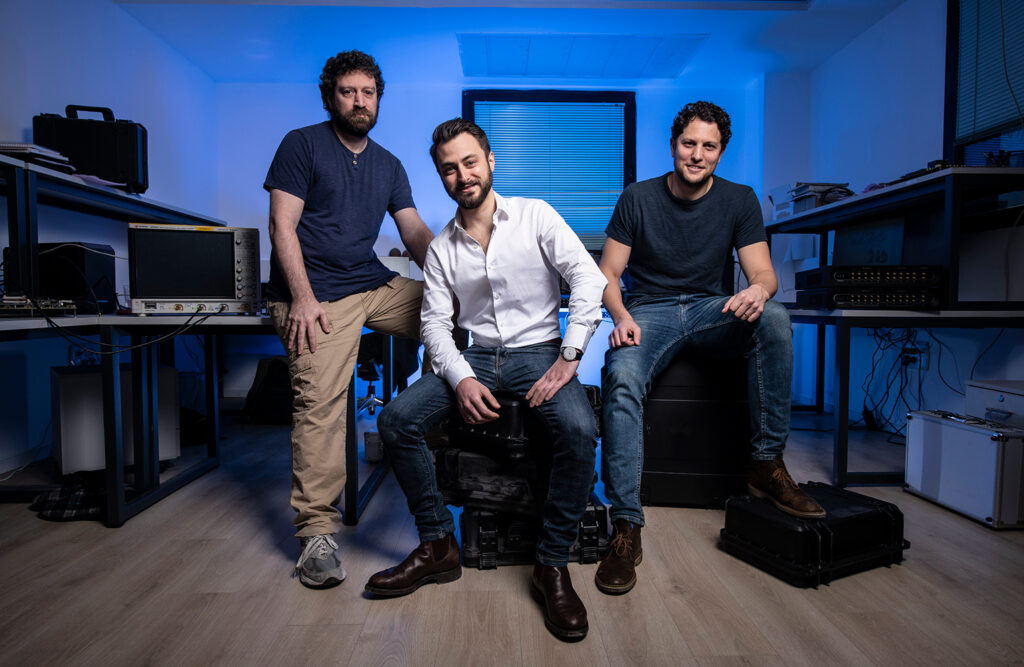
Humanoid Robotics to Advance the Labor Economy
Many countries across the globe are experiencing unprecedented labor shortages. Aging populations, declining birth rates and early retirement trends brought on by the COVID pandemic are exacerbating the problem of scaling the workforce fast enough to meet demand. Manual labor jobs suffer from high levels of absenteeism, turnover and potential for injury. This has especially impacted global supply chains and fulfillment. Humanoids (robots that have a human form or characteristics) represent an exciting technological opportunity to help address manual labor shortages by augmenting and assisting the prevailing labor force.
James Pethokoukis, senior fellow and the DeWitt Wallace Chair at the American Enterprise Institute (AEI), referenced a recent Goldman Sachs Global Automation Research Report (November 2, 2022), which estimated that a humanoid “market size of at least $6B is achievable to fill 4% of the US manufacturing labor shortage gap by 2030.” Although humanoids offer a promising alternative, the road to commercial viability will undoubtedly be both challenging and time consuming, requiring continued complex technological innovation.
For a humanoid to autonomously perform even highly structured and repetitive tasks in an environment like shipping, logistics or manufacturing, roboticists must successfully advance several critical areas of the technology stack. This includes, but is not limited to:
- Motion (e.g. bipedal movement)
- Manipulation (e.g. grasping objects with appropriate force and dexterity)
- Perception & Recognition (e.g. object detection and identification for obstacle avoidance and recognition of items that need to be grasped or carried)
- Self-balancing (e.g. including reaching up to grasp products or parcels from tall shelves, or lifting them off the floor)
- Route planning (e.g. autonomously interpreting and creating an efficient path to move safely in the workspace to perform a task)
Fortunately, we see a confluence of key technologies that are maturing and converging to help accelerate the development of humanoids. This includes:
- AI and high-performance compute to enable the robots to understand and interact in complicated and unstructured real-world environments
- Next generation sensors to understand the environment around the robot and enable safe and effective interaction with humans (e.g. 3D/depth cameras, LiDAR, radar, touch, force, acceleration and voice sensors)
- New battery technologies to decrease weight, improve energy density and time of operation
- New materials and manufacturing techniques to optimize servos and kinematics components that enable the robot’s motion
One of the leading companies developing next generation humanoids at a remarkable pace is Figure. The company was founded by Brett Adcock, the former founder and CEO of Archer Aviation, an eVTOL company which he took public in 2021. Brett has assembled a world class team of strong leaders and deep technologists. Jerry Pratt, Figure’s CTO, brings over 20 years of humanoid experience to the organization. Ahead of the company’s one year anniversary, Figure achieved a key milestone by having the robot successfully take its first steps.
Intel Capital is thrilled to support Brett and his team in their quest to build one of the first commercially deployable humanoids. Figure’s current robot, Figure 01, is being designed initially for standard yet complex warehouse and logistics facilities, thereby not requiring an environment that would need to be artificially created to support the robot. For that reason, the Figure robot resembles a human in body and shape, with two legs, two arms, two hands and even a wrap-around display for the face. With this form factor, Figure can meet the requirements of a typical human environment with human-like capabilities, and over time accomplish more complex tasks.
Intel Capital is proud to have participated in Figure’s $70M Series A round. We are constantly searching for companies that push the boundaries of innovation and are enthusiastic about the potential that humanoids can provide by enhancing the labor economy. Additionally, it’s an opportunity to positively shift the way the world thinks about interacting with artificial intelligence. We look forward to engaging closely with Figure to pave a path to humanoid deployment and commercialization.




